While researching for a webinar on the topic of Lone Worker Monitoring, I came across an article discussing an incident on an Alberta construction site involving a lone, female security guard working after-hours. A mobile unit was driving around the site every few hours to check in on her, and she could contact the site's dispatch at any time. On the night of the incident, however, dispatch didn't answer her call, and the mobile unit was nowhere near. As an intruder entered the premises, she called dispatch for help, and was connected to a recording. The result? She was sexually assaulted, and her company, Garda Security, was fined $90,000 under Alberta's Occupational Health and Safety Act.
Lone Worker Regulations
This case exemplifies an all too familiar problem with lone worker regulation, and what is perceived as acceptable compliance measures. The portion of the Alberta Health and Safety Act that addresses lone working states the following:
"the employer must ensure workers have an effective means of communication between the worker and persons capable of responding to the worker's needs in case of an emergency or the worker is injured or ill."
The Need For Monitoring Lone Workers
In this case, Garda provided the employee with what they accepted as an "effective means of communication" to contact dispatch, who were considered "capable of responding". However, with no one answering the call, could this really be considered an effective means of communication?
This problem extends far beyond Garda. Too many organizations rely on their supervisors or managers to monitor their lone workers and drivers around the clock, and act as the primary point of communication in the event of an emergency. Supervisors generally know who is going where and when, so it may seem logical they would be the individual monitoring whether or not the lone worker gets home on time, or taking a call if their employee is in distress. But what happens when the supervisor is home in bed while an employee is called out to repair a piece of machinery overnight?
Some would argue, well if the employee is in distress and calls a supervisor in the middle of the night, we would expect him or her to take the call.
This only works when the employee in distress is able to make the call, and the supervisor hears it. If an employee is unconscious and can't signal for distress, the only back-up is a missed check-in which will signal there may be a problem. Can we expect supervisors to set their alarms at 2 hour intervals during the night to monitor whether or not an employee checked in? Will we forgive them when an urgent call, or a missed check-in, goes unnoticed because they were tied up in a management meeting or on another phone call? One thing is for certain, the law won't forgive them.
Bill C-45 states:
"Everyone who undertakes, or has the authority, to direct how another person does work or performs a task is under a legal duty to take reasonable steps to prevent bodily harm to that person."
In the eyes of the law, a supervisor who is the designated monitor of a lone worker is ultimately responsible for that employee. A missed call or missed check-in that goes unnoticed and leads to injury or death could result in a criminal negligence, or criminal negligence causing death, charge and up to 25 years in prison for a supervisor who was simply busy with other priorities, or at home preoccupied with their personal lives. Any lone worker who faces risk, whether it be injury or violence, deserves to have a reliable means of getting help when they need it most.
This begs the question: if supervisors aren't suitable as a reliable means of getting help to an employee in distress, who is? That's where Telelink saves the day; we stay up all night so you don't have to. With a 24/7 monitoring centre divided into two teams, monitoring and emergency response, no call goes unanswered, no missed check-in goes unnoticed, and no alert is ignored. Not only does this save lives, it saves your organization dollars by preventing costly fines and legal fees, and saves your supervisors time by automating compliance and paperwork.
For a more detailed explanation of the legal responsibilities of your organization, and best practices on how to achieve compliance, check out our webinar Lone Worker Safety From Legislation to Automation.




Post a Comment